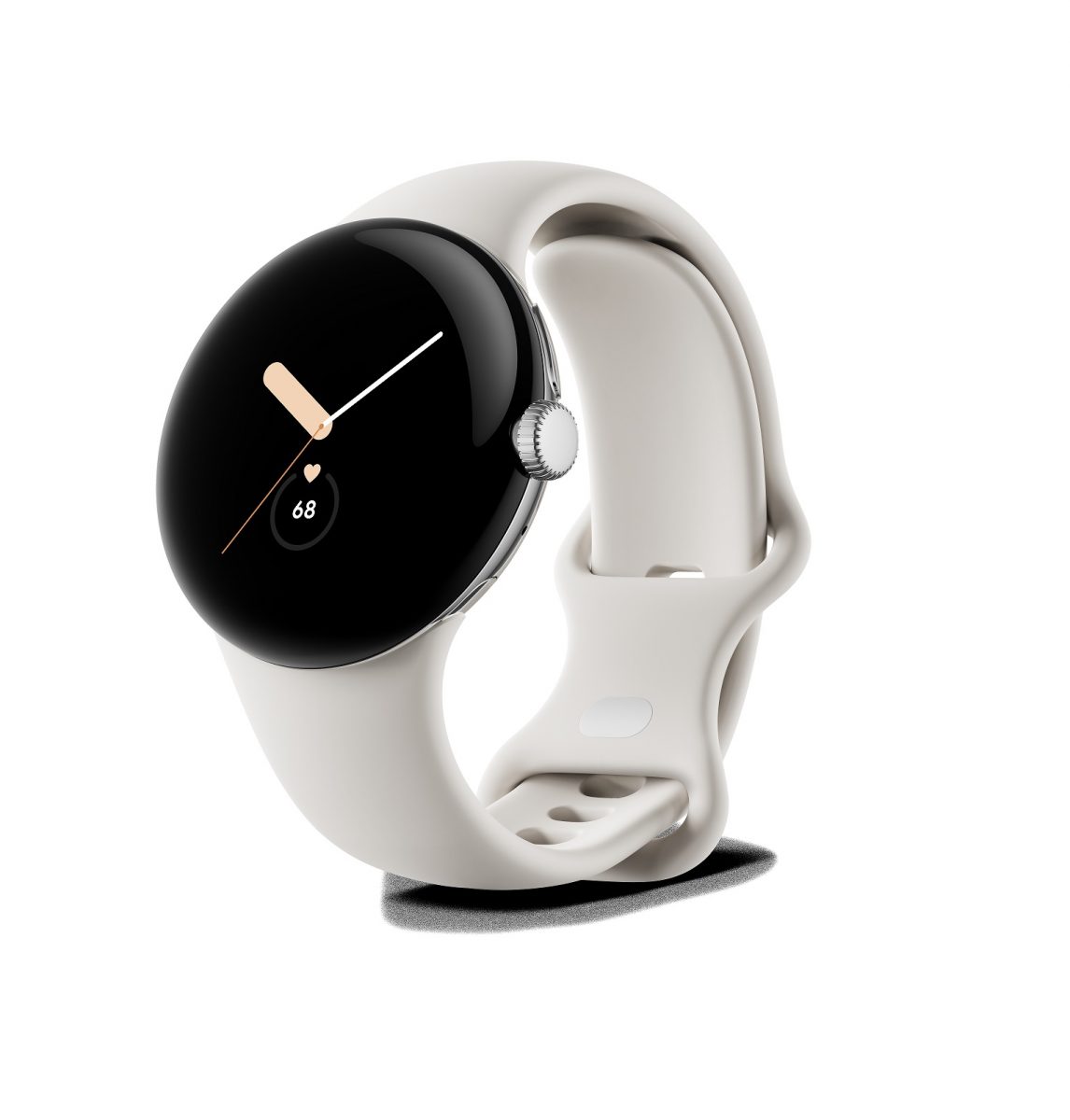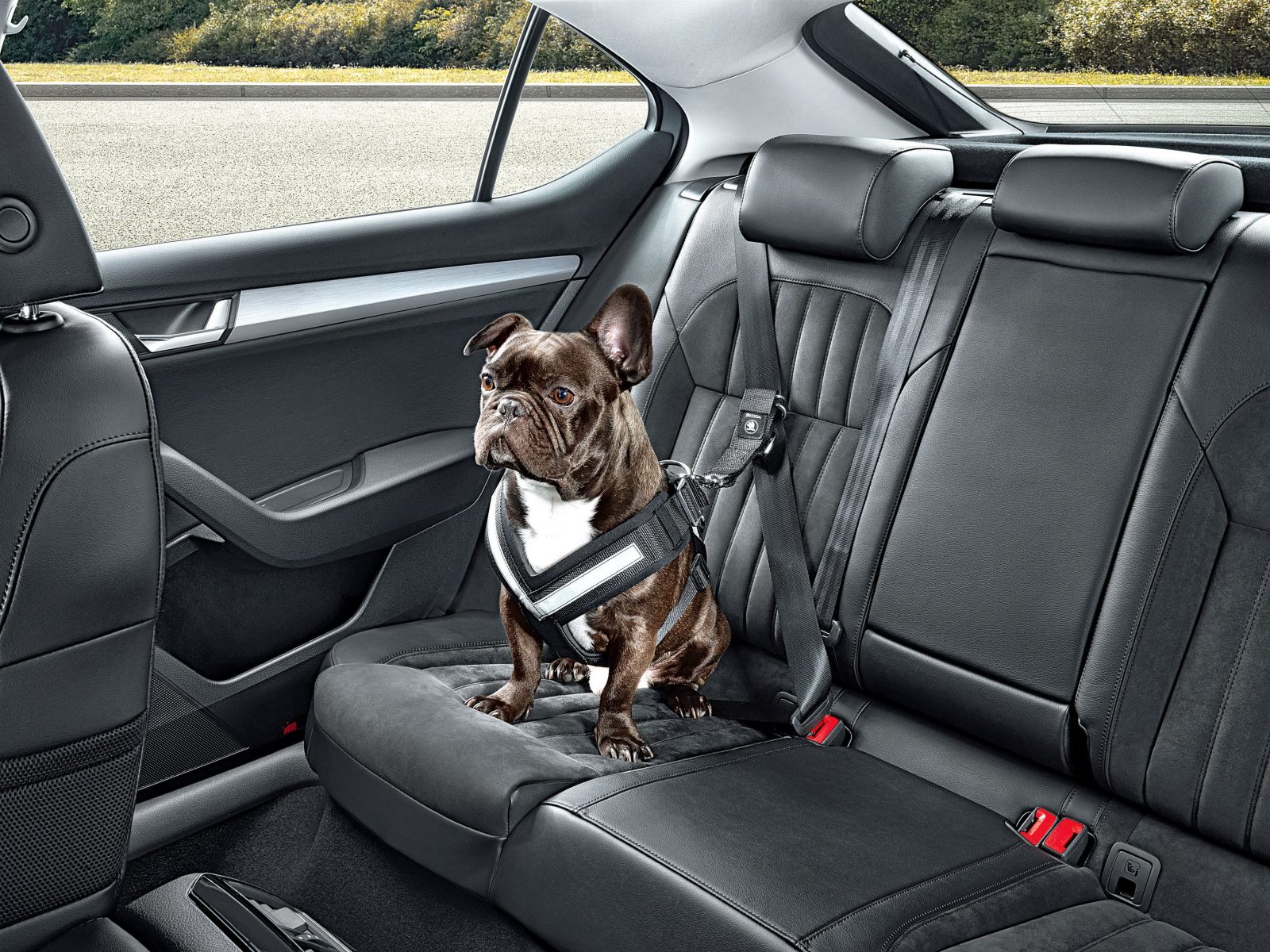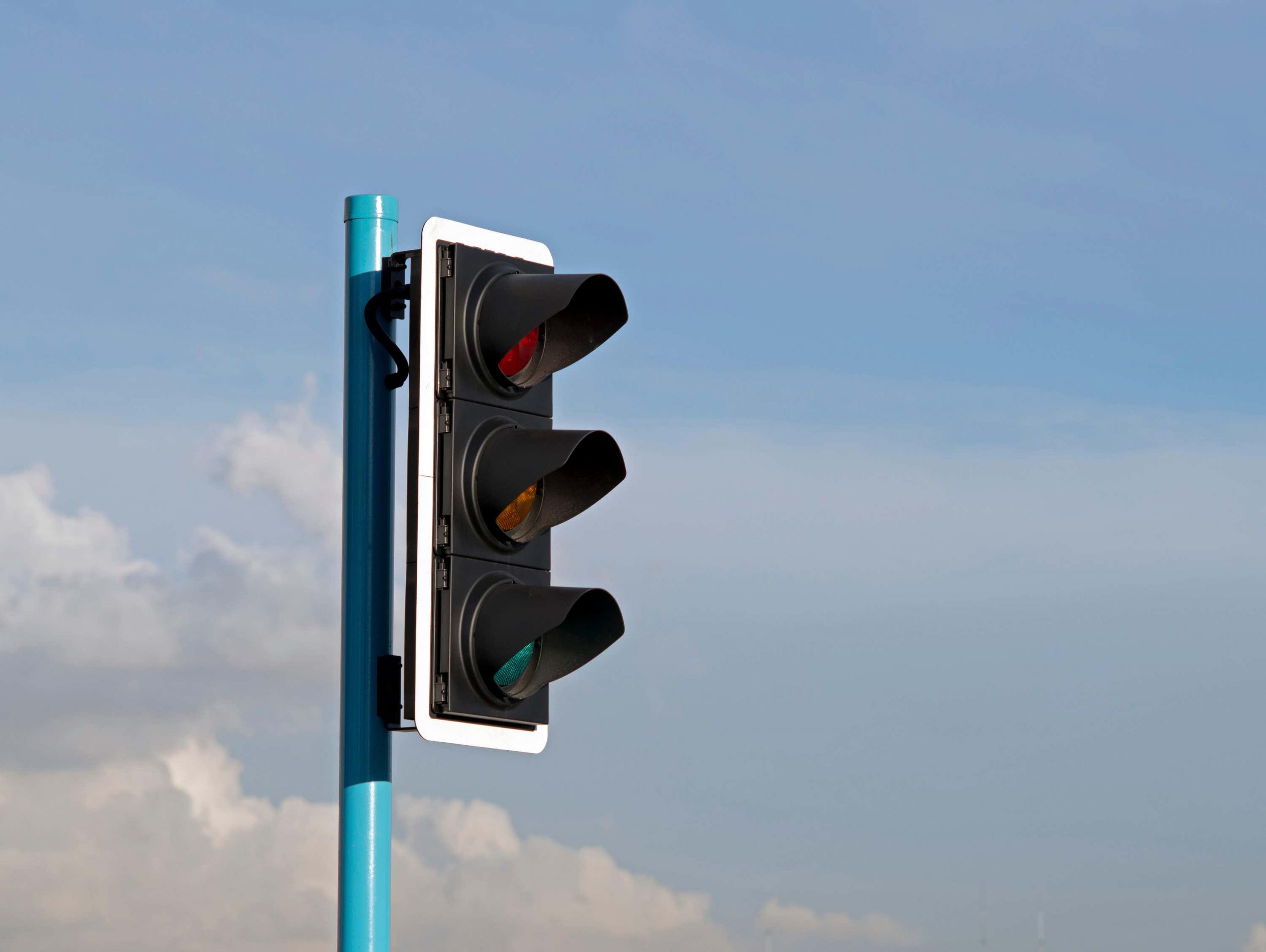There are plenty of motoring rules that drivers in the UK are fully aware of. Speed limits, keeping to the left-hand side of the road and making sure everyone in a car wears a seatbelt are just three of the commonly known rules that we all abide by as motorists.
But there are plenty of rules out there which aren’t all that well known, but which could still land you in a sticky situation if you don’t follow them. Let’s take a look.
Flashing your lights at other road users to alert them to a speed camera

Alerting other motorists about a speed camera that they’re about to drive up to – or a stationary police vehicle – can quickly land you in hot water if you’re caught. Though it’s often seen as a friendly act of motoring good nature, rule 110 of the Highway Code states: “Only flash your headlights to let other road users know that you are there. Do not flash your headlights to convey any other message or intimidate other road users.”
In addition, section 89 (2) of the Police Act 1996 says: “The offence of obstructing a police officer is committed when a person wilfully obstructs: a constable in the execution of his duty, or. a person assisting a constable in the execution of the constable’s duty.”. As a result, if caught, you could be hit with a £1,000 fine.
Using a smartwatch at the wheel

Laws upon the use of devices while in control of a vehicle were tightened up recently and, though it might not be immediately apparent, that includes the use of a smartwatch. The Highway Code states that “it’s illegal to hold and use a phone, sat nav, tablet, or any device that can send or receive data, while driving or riding a motorcycle.” This does exclude when going through a drive-thru restaurant, however, so you can still use your smartwatch to make payments here.
If you’re caught using a smartwatch while at the wheel, you could face six penalty points and a fine of up to £200. As always, only operate a device when safely parked with the engine off.
Dogs not being ‘suitably restrained’ in the car

Thousands of drivers in the UK travel with their dog – or dogs – in the car, but a rule within the Highway Code means that you need to think about how you drive with pooch aboard. Rule 57 of the Highway Code says: “When in a vehicle make sure dogs or other animals are suitably restrained so they cannot distract you while you are driving or injure you, or themselves, if you stop quickly.”
Dogs need to be with a ‘seat belt harness, pet carrier, dog cage or dog guard’ and while breaking the Highway Code doesn’t bring a penalty in itself, you could be fined up to £5,000 if you’re found to have been driving while distracted by your pet. More serious instances could lead to a court appearance, too.
Children travelling in a taxi or private-hire vehicle
It’s well known that children have to ride in a car with a proper car seat and, in most cases, all children under three have to be in a child seat at all times. There are some exceptions, however.
The Highway Code states that if a driver of a taxi or minicab doesn’t provide a correct child seat, children can travel without one – though they need to travel in the rear seat. For children over three, they’ll need to wear an adult seat belt though those under three won’t be required to wear an adult belt.
Driving too slowly

We’re all aware of the penalties for exceeding the speed limit, but there are potential issues when travelling too slowly, too. Though there is no pre-defined minimum speed limit, driving too slowly and causing danger to other road users in the process could see you hit with a ‘driving without due care and attention’ fine of up to £200 and three penalty points.
However, some police might offer a driving improvement course instead of a fine and points, though this is up to the discretion of the officer at the time.

